Aston Martin Valhalla is a next generation supercar
It’s a symphony of swoops and curves
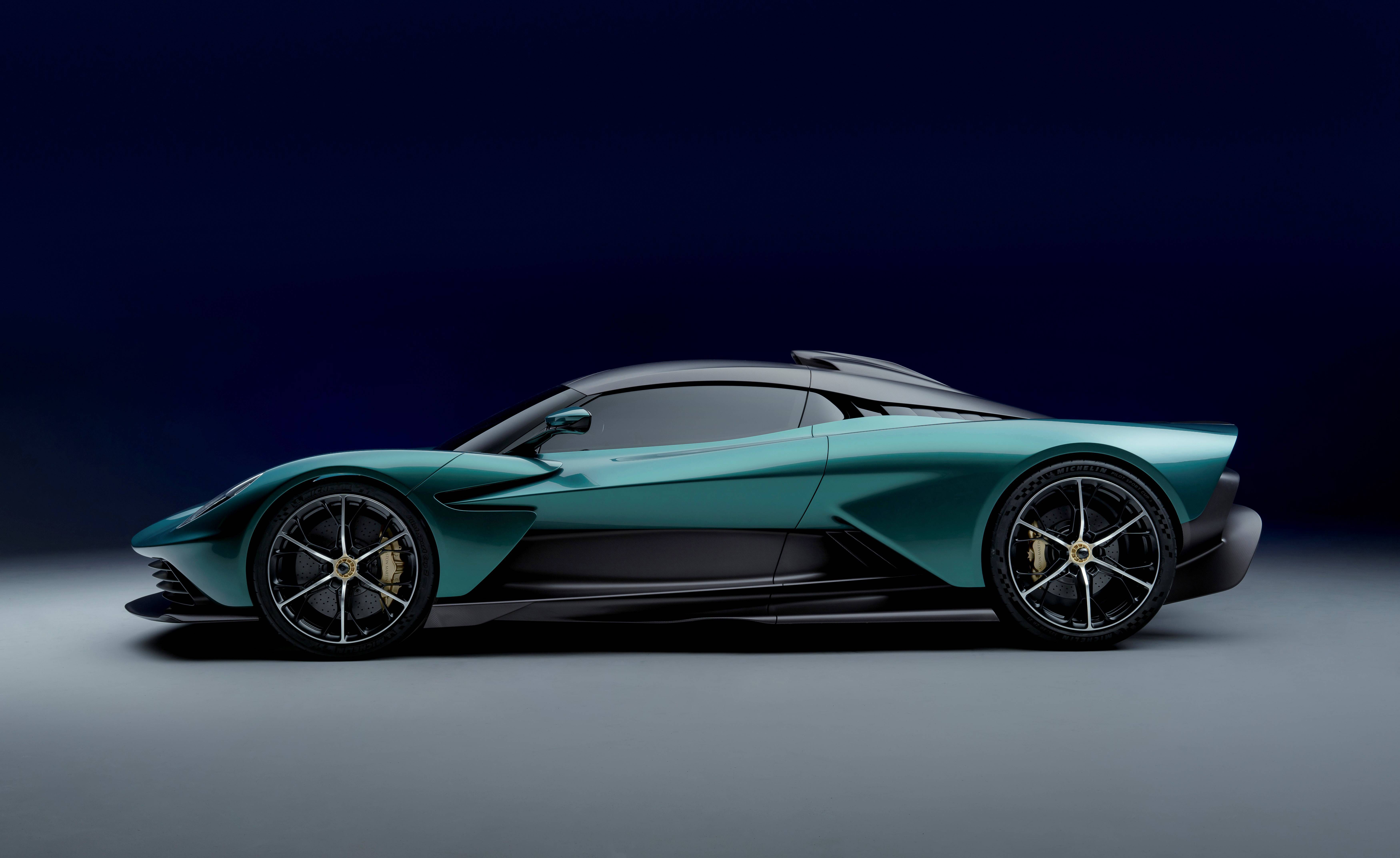
This is the new Aston Martin Valhalla, the final production-ready version of the company’s latest hybrid supercar. The first iteration of Valhalla broke cover at the Geneva Motor Show in March 2019, way back in another era for both Aston Martin and the wider world. New management, ownership and strategy have all led to the Valhalla concept getting a thorough overhaul under the auspices of the company’s new CEO, Tobias Moers and Chief Creative Officer, Marek Reichman. The result is a supercar struck through with cutting edge tech, as befits a company that is now very much part of Formula One.
Valhalla will be powered by a bespoke twin turbo V8 in combination with two electric motors, a shift from the original plan to use an all-new Aston Martin-designed V6 hybrid. That engine concept is no more, so instead the V8 comes – suitably customised – from Mercedes-AMG, which already supplies a regular V8 for AM’s DB11, DBX and Vantage models. Under the skin, the Valhalla is closely related to the Valkyrie, the company’s flagship hypercar. Both have been shaped by Formula One technology and knowhow, particularly in terms of aerodynamics and materials, but the Valkyrie will be built in strictly limited numbers (150 road cars, plus a few variations), costing from around £2.5m. Valhalla exists in slightly less mythical realm, and production numbers should be substantially bigger, although you can still expect a high six figure price tag. It’s still very much a stepping stone on the way to a ‘regular’ mid-engined Aston, which should surface mid-decade in the form of the next-generation Vanquish.
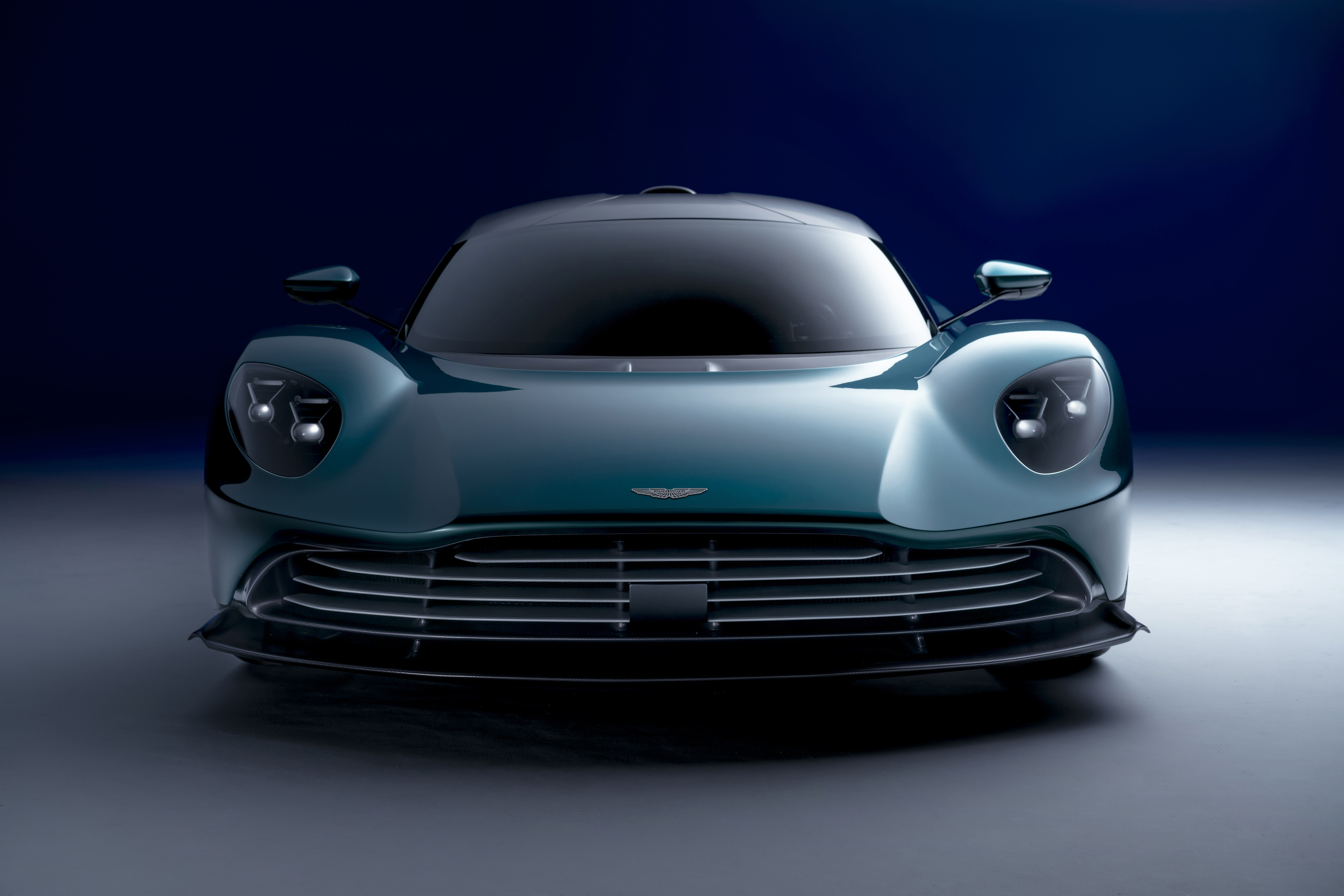
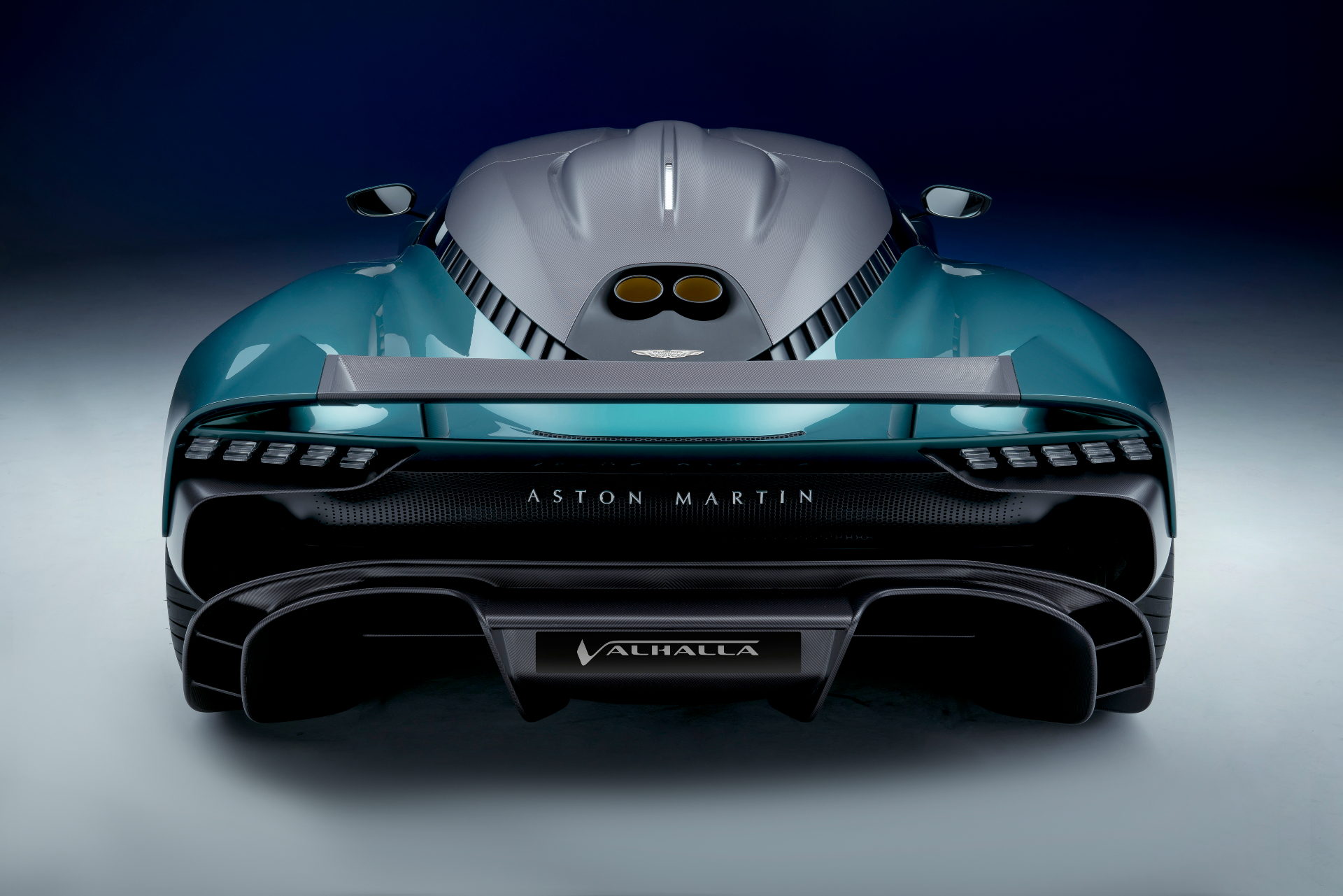
The first thing to note is that the production Valhalla has ramped up the signature Aston Martin design cues, losing the concept’s rather anonymous, albeit striking, mid-engine layout and proportions. The cabin is wider and less of a squeeze than the concept, with a view to making it more of an everyday proposition. There’s a more prominent grille than on the original concept, referencing one of the marque’s defining qualities, and the headlights have also been made larger to balance this out. The lower body and rear end of the car are defined by great rippling swathes of carbon fibre to shape and steer the air towards the rear diffuser. By placing the aerodynamic surfaces closer to the ground, Aston Martin’s design team has been given the freedom to create a clean, dramatically proportioned body shape above. It’s a symphony of swoops and curves, with surfaces diving beneath one another as the panels make their way down the flanks of the car. The doors hinge forwards and cut into the roof for easier access to the as-yet unrevealed interior, and there's plenty of exposed ultra-light carbon fibre, inside and out.
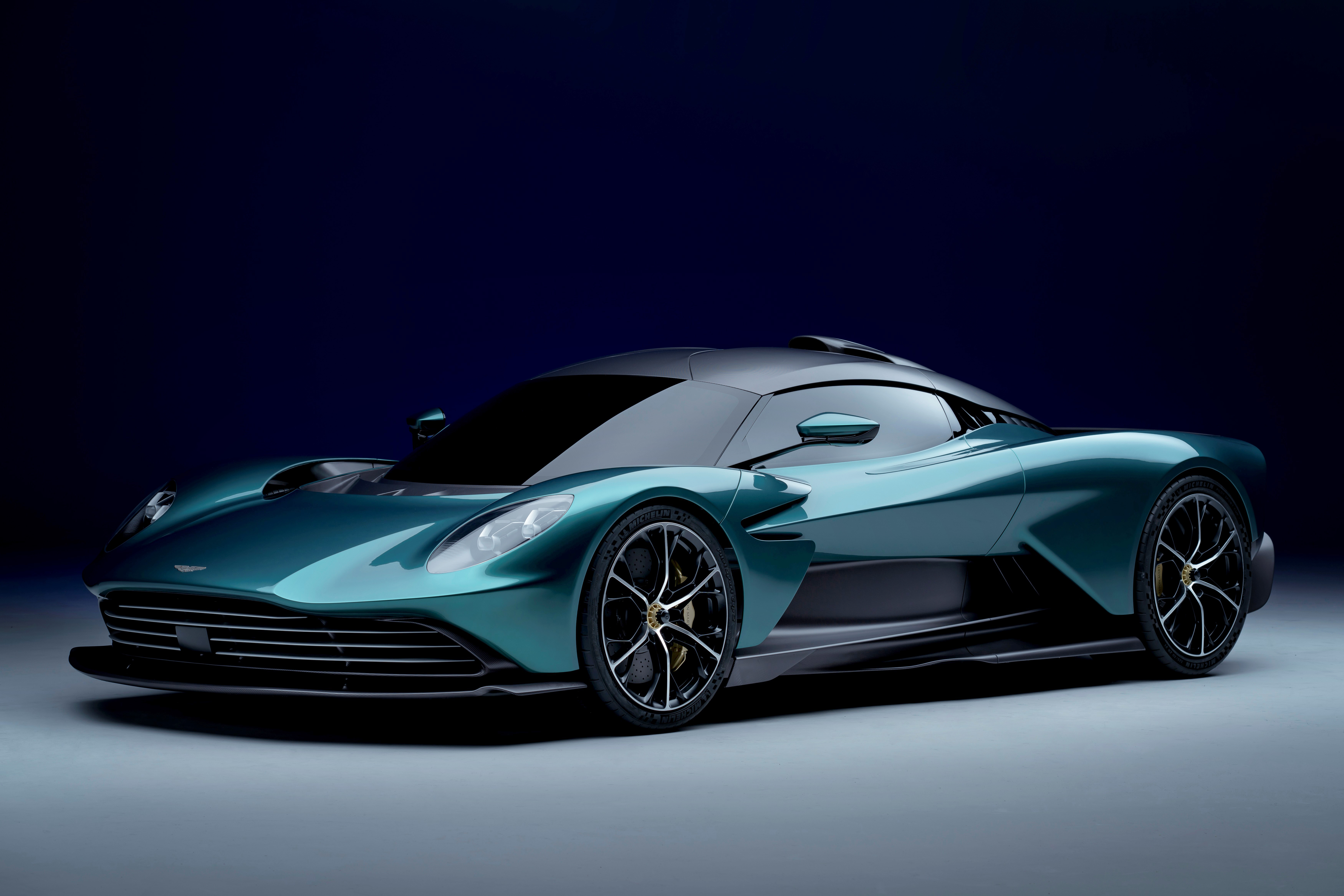
The 4.0 litre V8 develops 750 PS and is supplemented by an e-motor on the front and back axle, adding another 204 PS for a colossal combined power output. Despite the presence of batteries, the weight is still relatively low, and the plug-in hybrid system offers a modest zero-emission range of around 10 miles. With all systems turned up to max, there’s a promised 0-62mph sprint of 2.5 seconds and a top speed of around 217 mph. Weight saving include the ‘e-reverse’ mode which does away with a conventional reverse gear in favour of electric-only backward travel. That the Valhalla design places such emphasis on downforce is a key learning from Formula One; Aston Martin wants to increase the synergy between its mid-engined range and the racetrack. The company is emphatic that Valhalla is a car designed to be driven – preferably on a track.
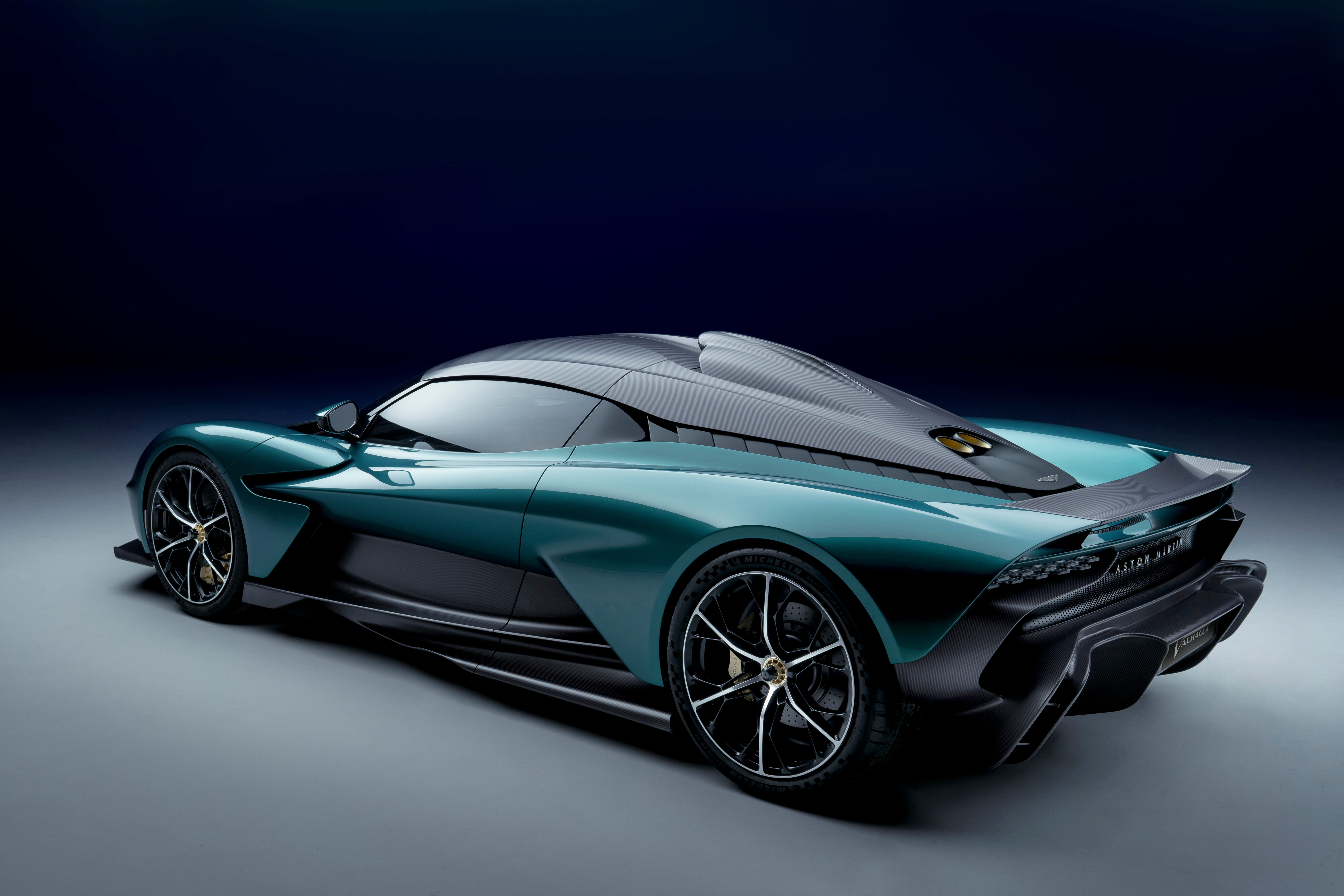
We’re many months away from getting behind the wheel of this next generation machine. With form and spec locked in place, the company is starting the process of locking in the required function. Based on this reveal, there’s every indication that Aston Martin will continue to hold its head up high as a supplier of supreme objects of desire.
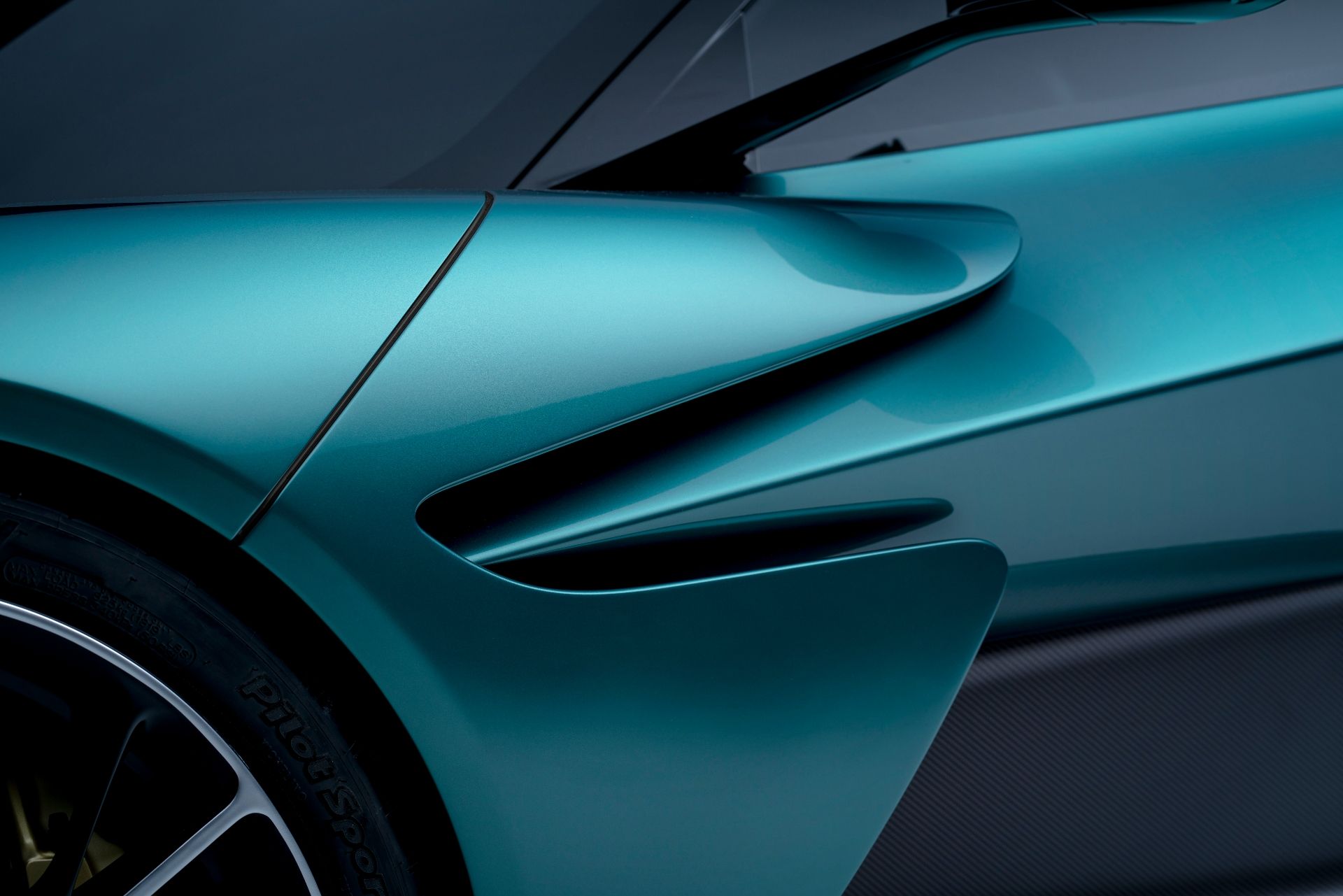
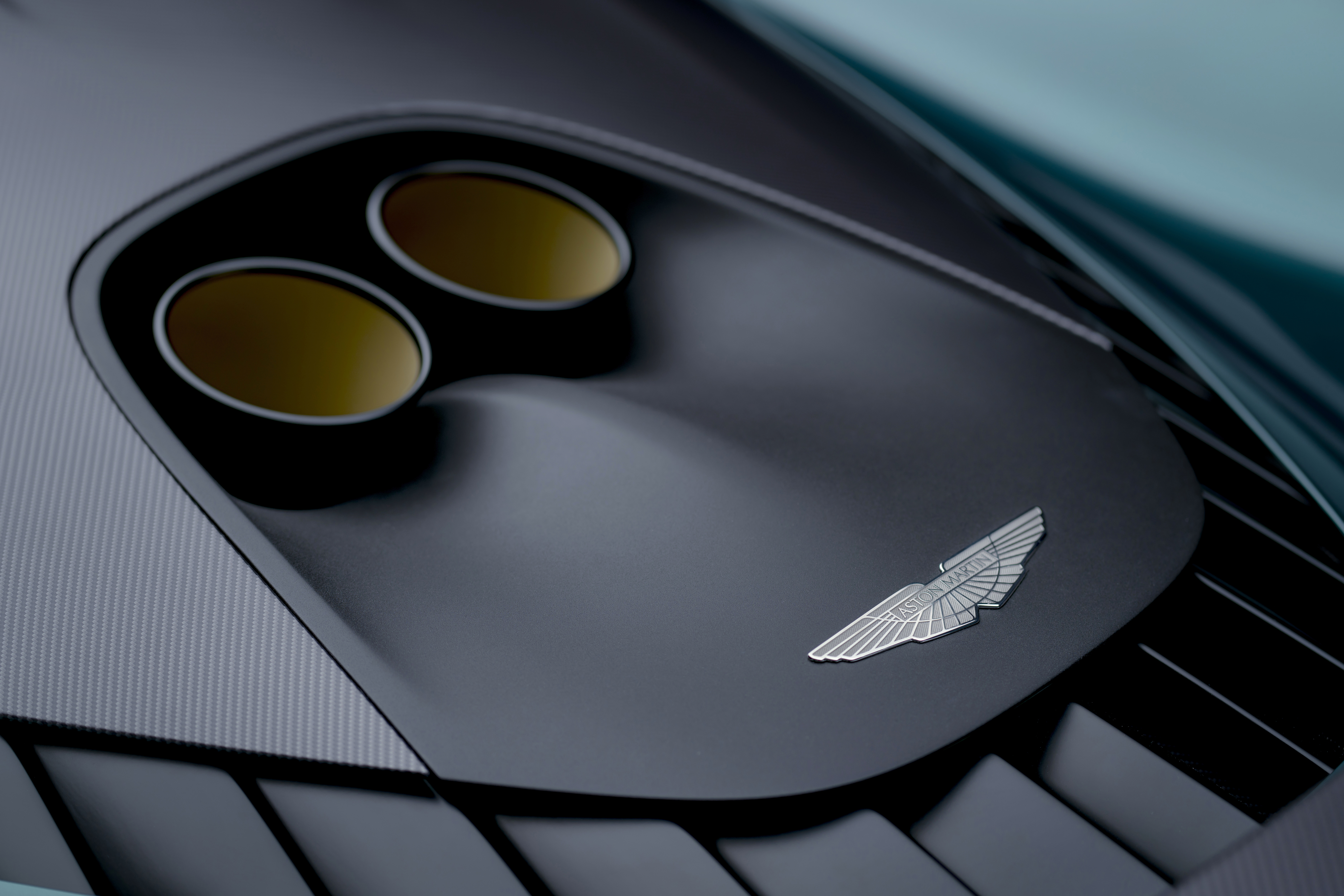
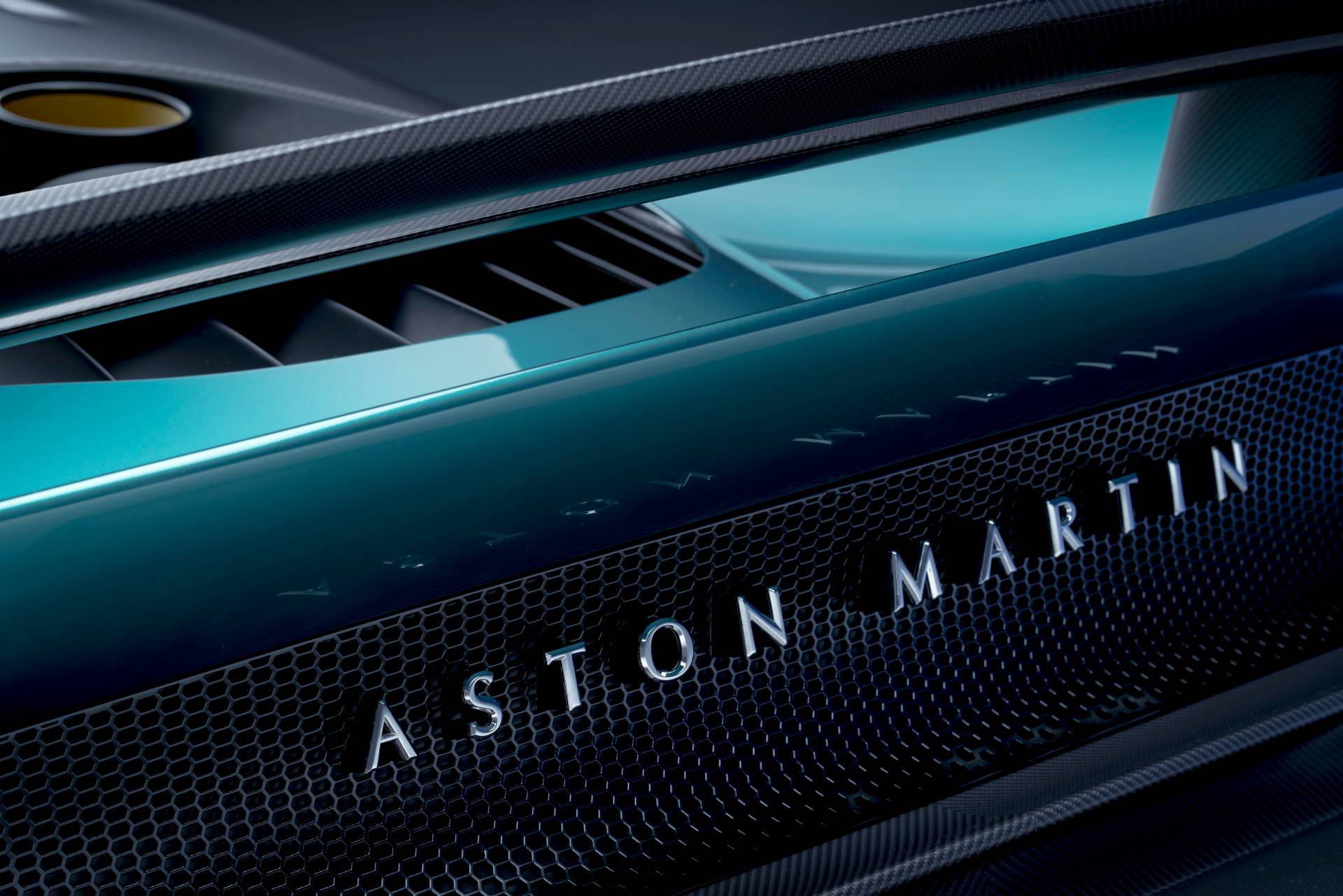
INFORMATION
Aston Martin Valhalla, pricing tbc
Receive our daily digest of inspiration, escapism and design stories from around the world direct to your inbox.
Jonathan Bell has written for Wallpaper* magazine since 1999, covering everything from architecture and transport design to books, tech and graphic design. He is now the magazine’s Transport and Technology Editor. Jonathan has written and edited 15 books, including Concept Car Design, 21st Century House, and The New Modern House. He is also the host of Wallpaper’s first podcast.
-
 This cult Los Angeles pop-up restaurant now has a permanent address
This cult Los Angeles pop-up restaurant now has a permanent addressChef Brian Baik’s Corridor 109 makes its permanent debut in Melrose Hill. No surprise, it's now one of the hardest tables in town to book
-
 French bistro restaurant Maset channels the ease of the Mediterranean in London
French bistro restaurant Maset channels the ease of the Mediterranean in LondonThis Marylebone restaurant is shaped by the coastal flavours, materials and rhythms of southern France
-
 How ethical is Google Street View, asks Jon Rafman in Copenhagen
How ethical is Google Street View, asks Jon Rafman in CopenhagenIn 'Report a Concern - the Nine Eyes Archives' at Louisiana Museum of Art, Copenhagen, Jon Rafman considers technology's existential implications
-
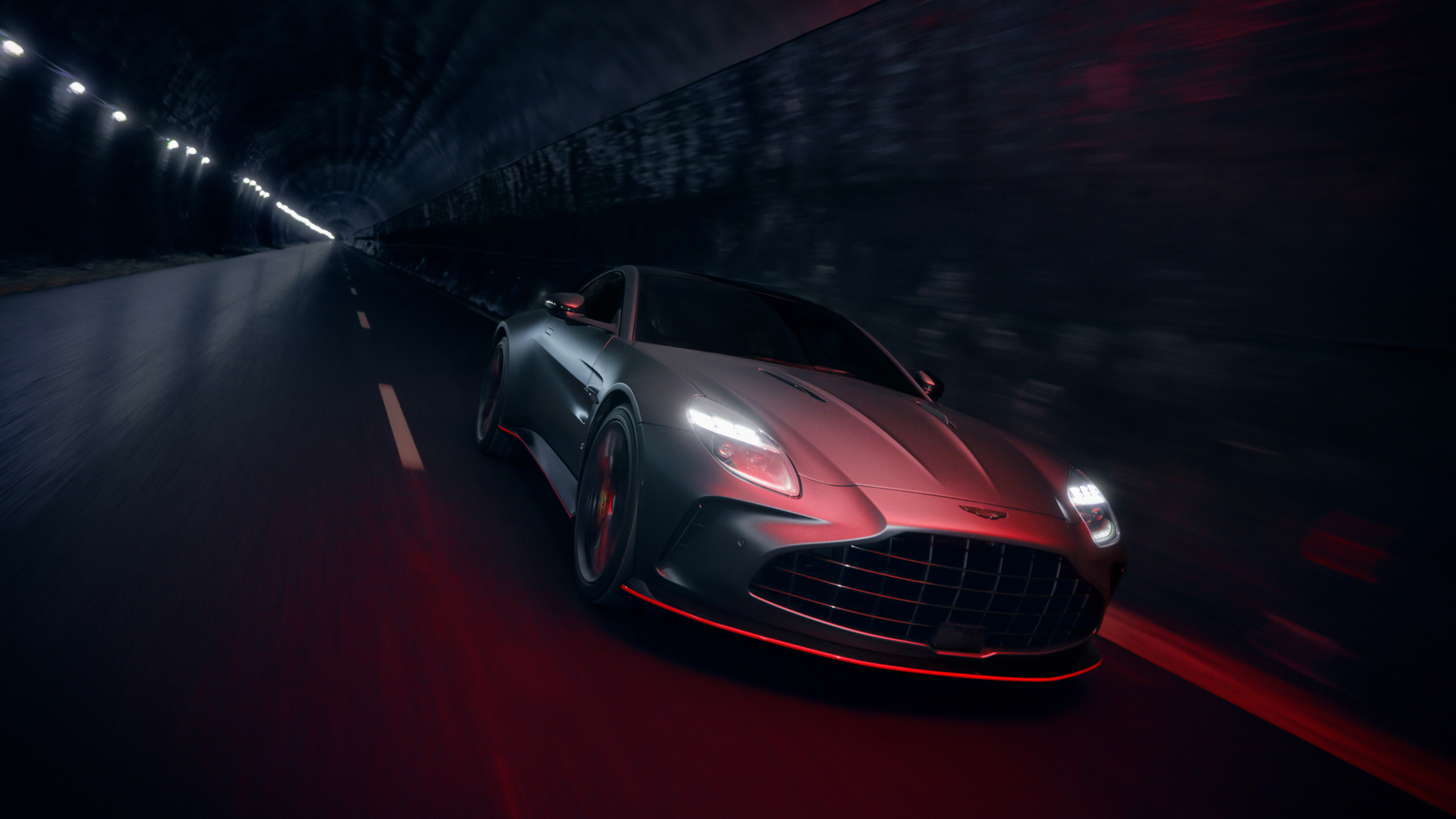 Aston Martin goes goth, ramping up power, poise and dark glamour with the new Vantage S
Aston Martin goes goth, ramping up power, poise and dark glamour with the new Vantage SThese moody images mark the debut of the latest model out of Gaydon, the dynamically focused Aston Martin Vantage S
-
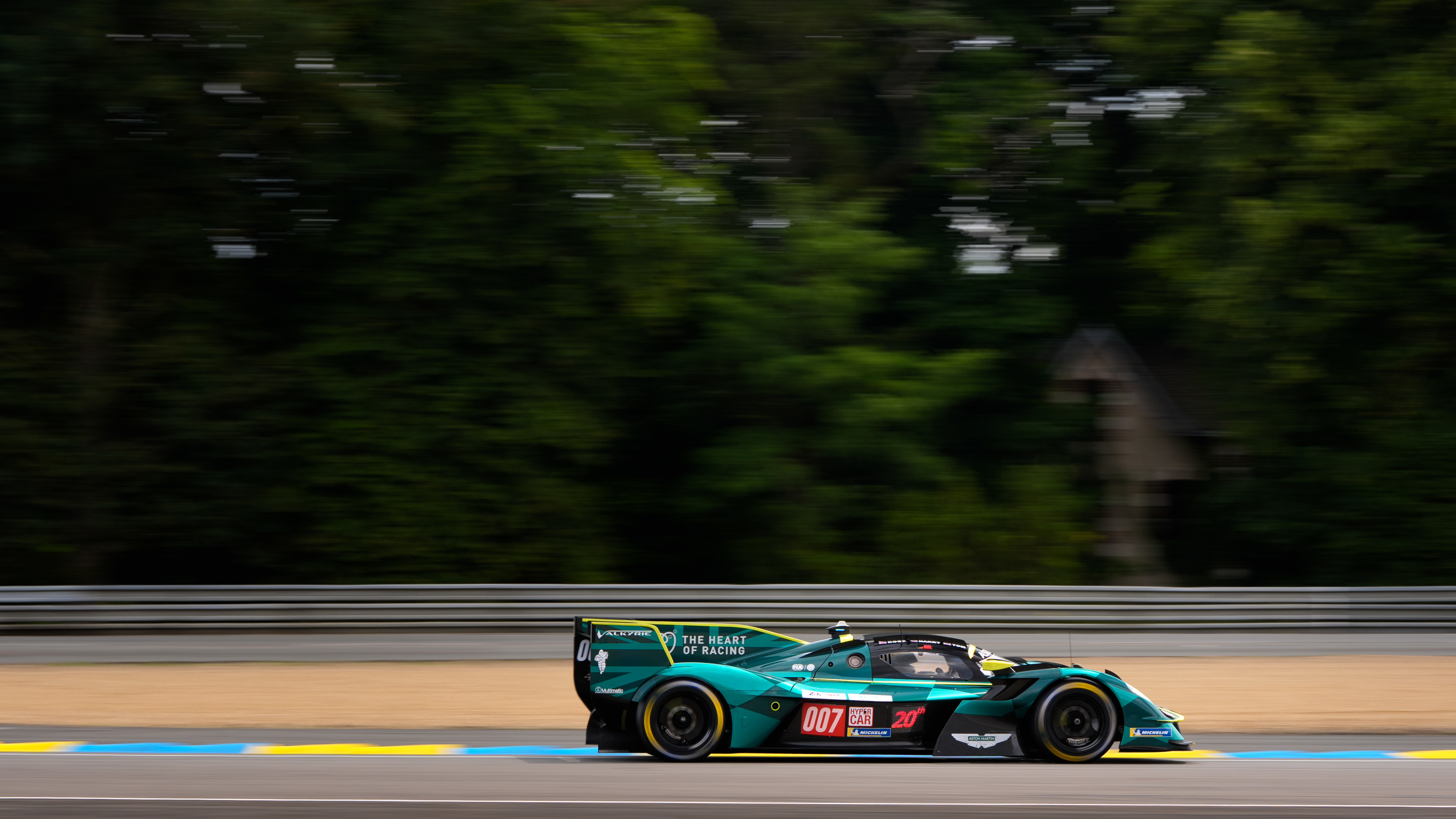 The Valkyrie returns Aston Martin to top-level Le Mans competition
The Valkyrie returns Aston Martin to top-level Le Mans competitionWallpaper* went trackside to witness the Aston Martin Valkyrie's impressive showing at the 24 Hours of Le Mans 2025
-
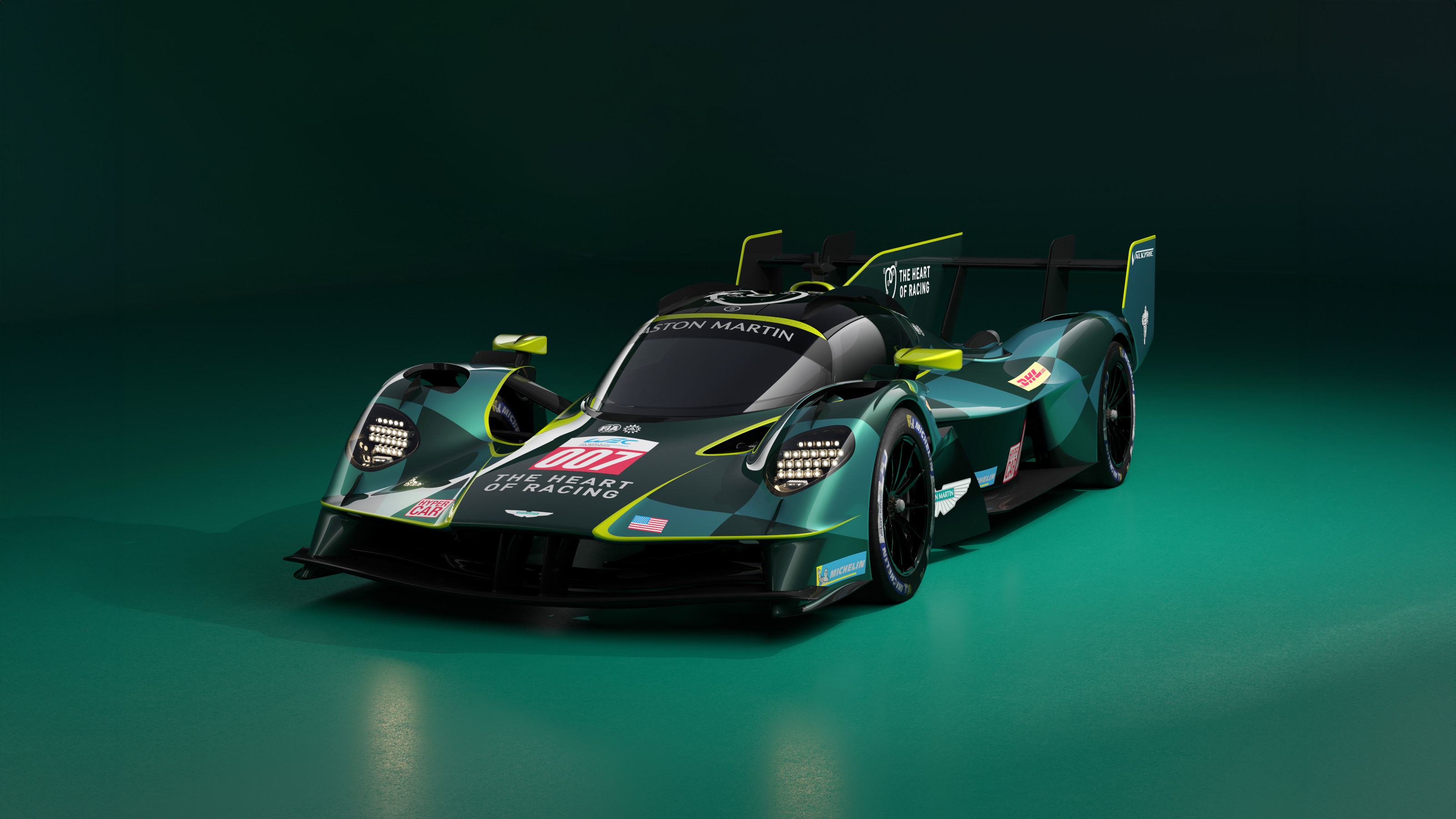 Aston Martin reveals first ever racing variant of its extreme Valkyrie hypercar
Aston Martin reveals first ever racing variant of its extreme Valkyrie hypercarAiming to conquer Le Mans, as well as other endurance races around the world, Aston Martin and The Heart of Racing unveil the track-focused Valkyrie WEC and IMSA challenger
-
 The new Aston Martin Vantage Roadster gives you an elemental experience
The new Aston Martin Vantage Roadster gives you an elemental experienceEvery statistic about the new Vantage Roadster screams speed; this is a convertible for those in a hurry and unafraid to make a noise about it
-
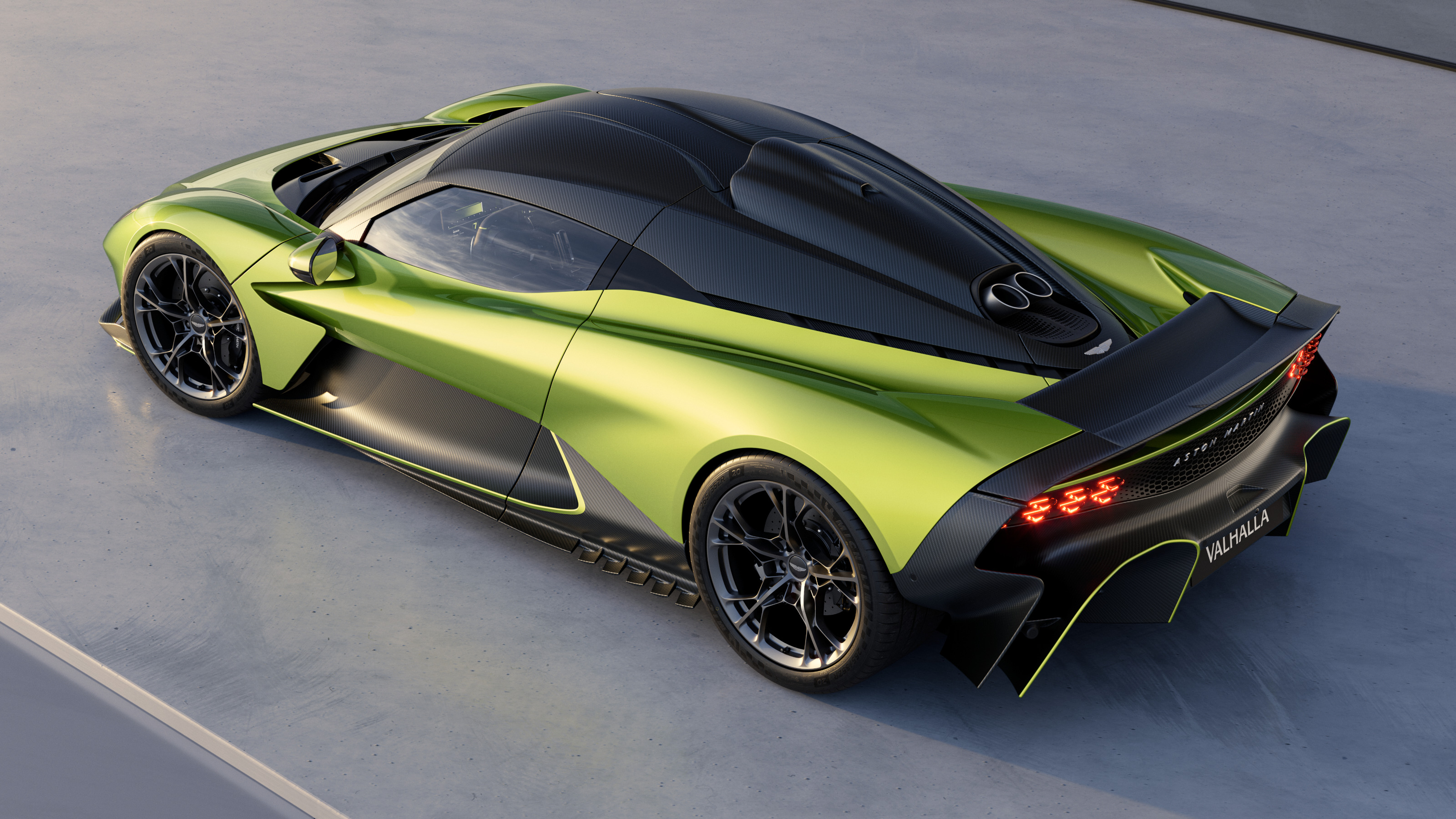 Raise your horns: Aston Martin’s Valhalla blends race-car dynamics and high-tech craft
Raise your horns: Aston Martin’s Valhalla blends race-car dynamics and high-tech craftValhalla is the first ever mid-engine series production Aston Martin, a hybrid V8 limited to 999 units
-
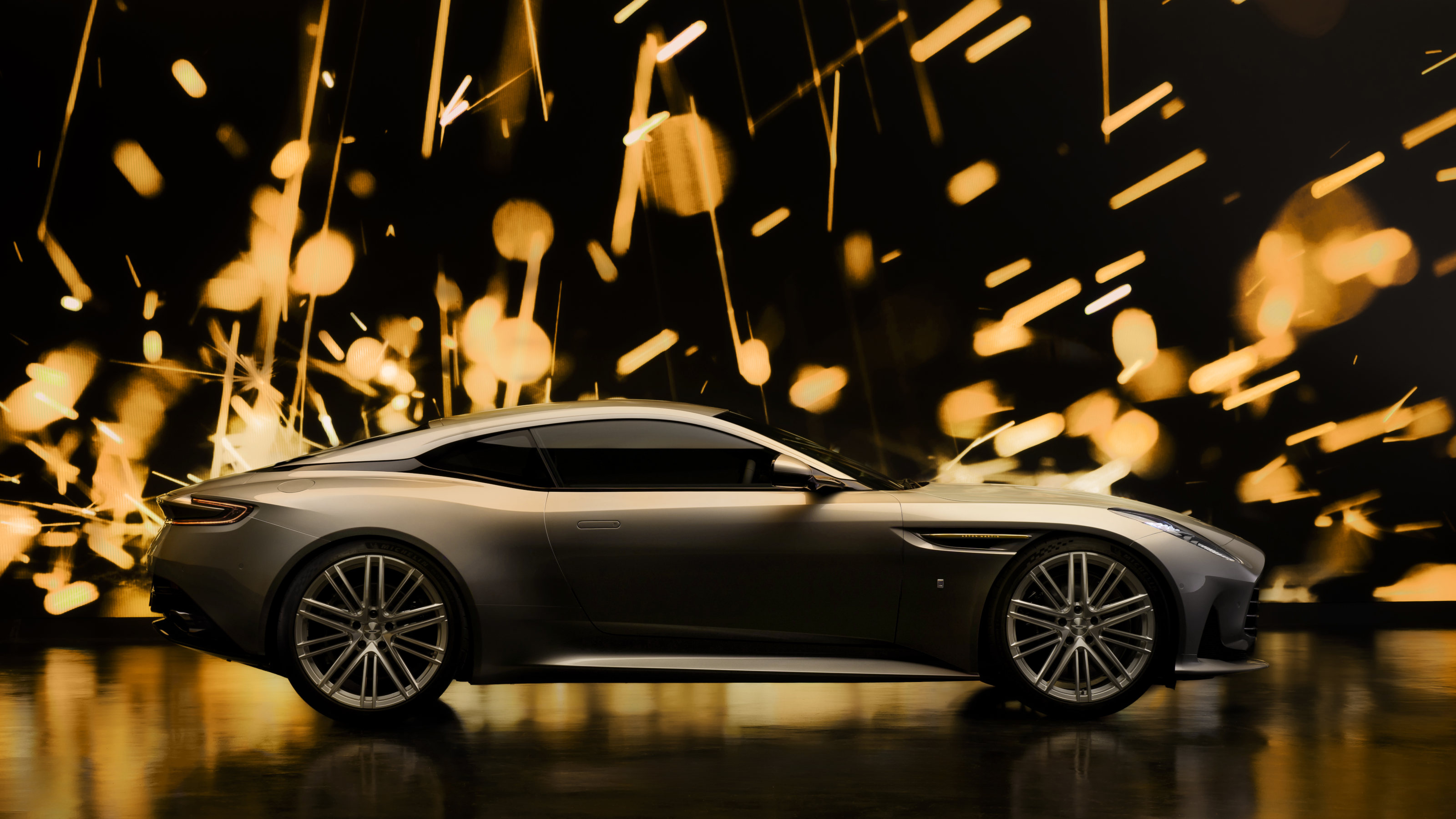 Aston Martin bring the Midas touch to their super tourer with the DB12 Goldfinger Edition
Aston Martin bring the Midas touch to their super tourer with the DB12 Goldfinger EditionReleased in honour of the sixtieth anniversary of the iconic James Bond film, Aston Martin has gone all out to the DB12 Goldfinger Edition a worthy collector’s item for high rolling film fans
-
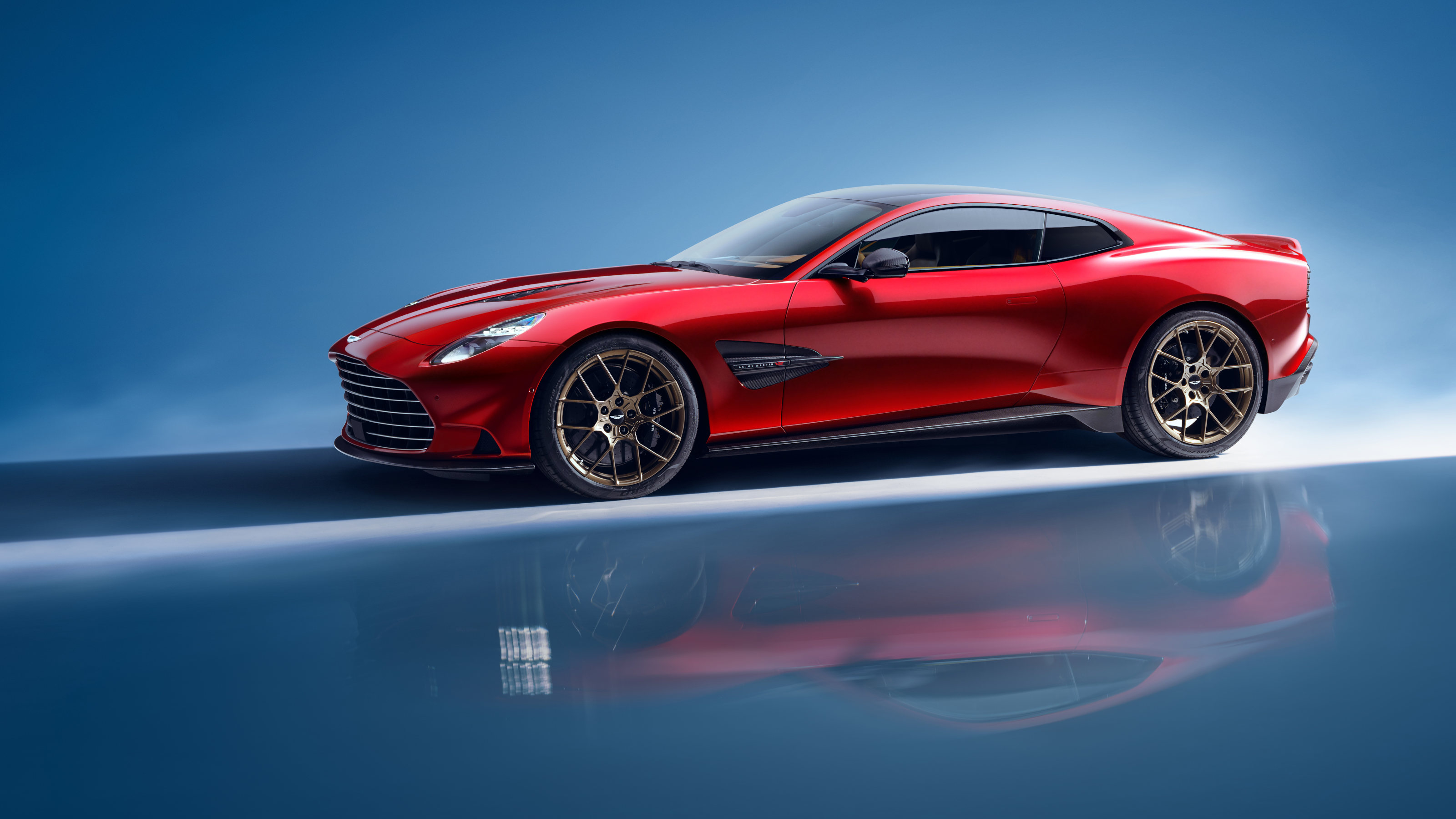 The new V12-powered Aston Martin Vanquish arrives to conquer the world of luxury GT cars
The new V12-powered Aston Martin Vanquish arrives to conquer the world of luxury GT carsThe luxury British marque’s new Vanquish flagship is absolutely, positively, definitely, its final flirtation with V12 power. Or is it?
-
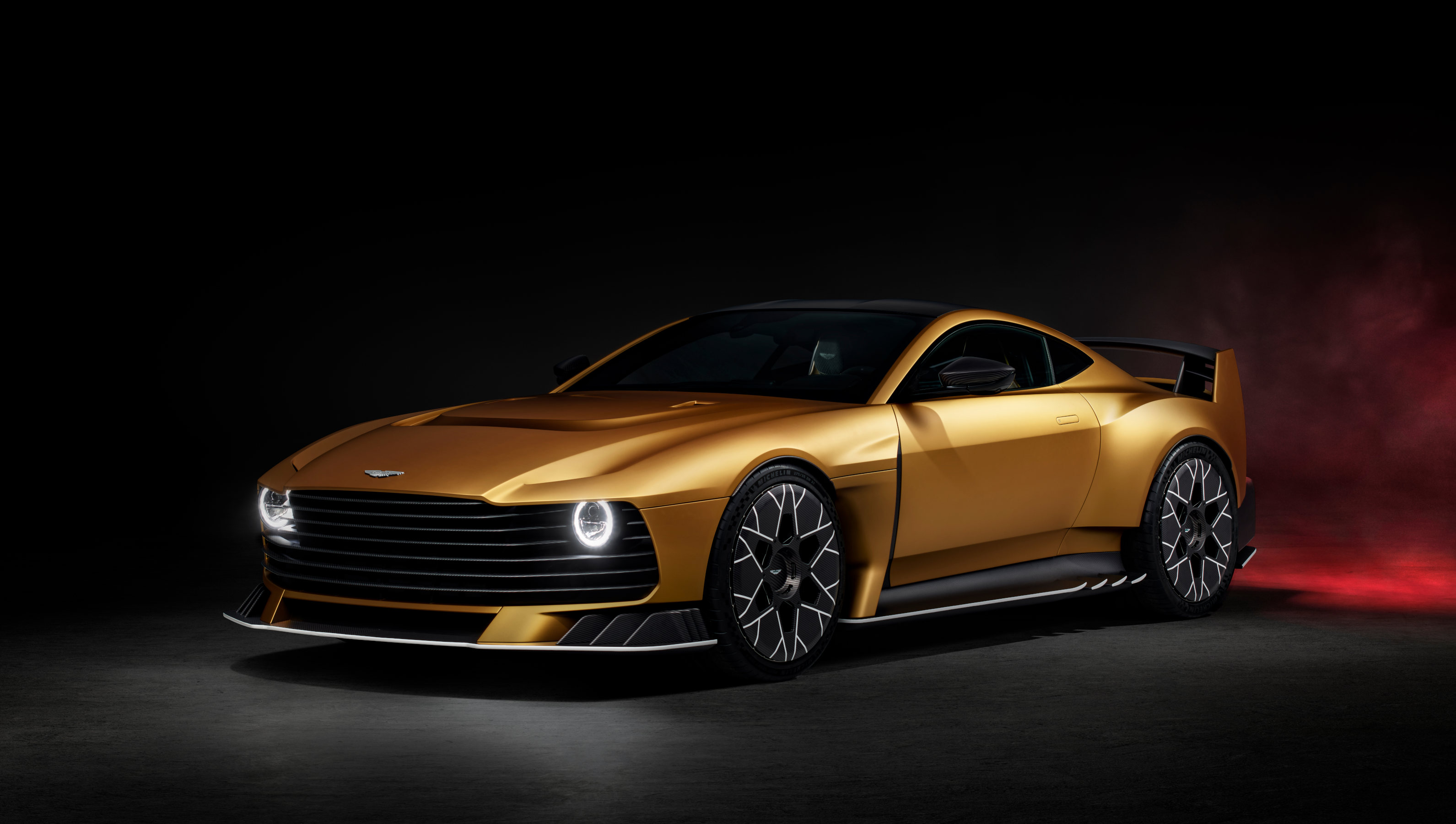 Could a car be any more muscular? Aston Martin unleashes the bold and brutalist Valiant
Could a car be any more muscular? Aston Martin unleashes the bold and brutalist ValiantEquipped with a V12 engine, manual gearbox and chiselled bodywork, the limited-edition Aston Martin Valiant is the company’s most extreme front-engined road car to date